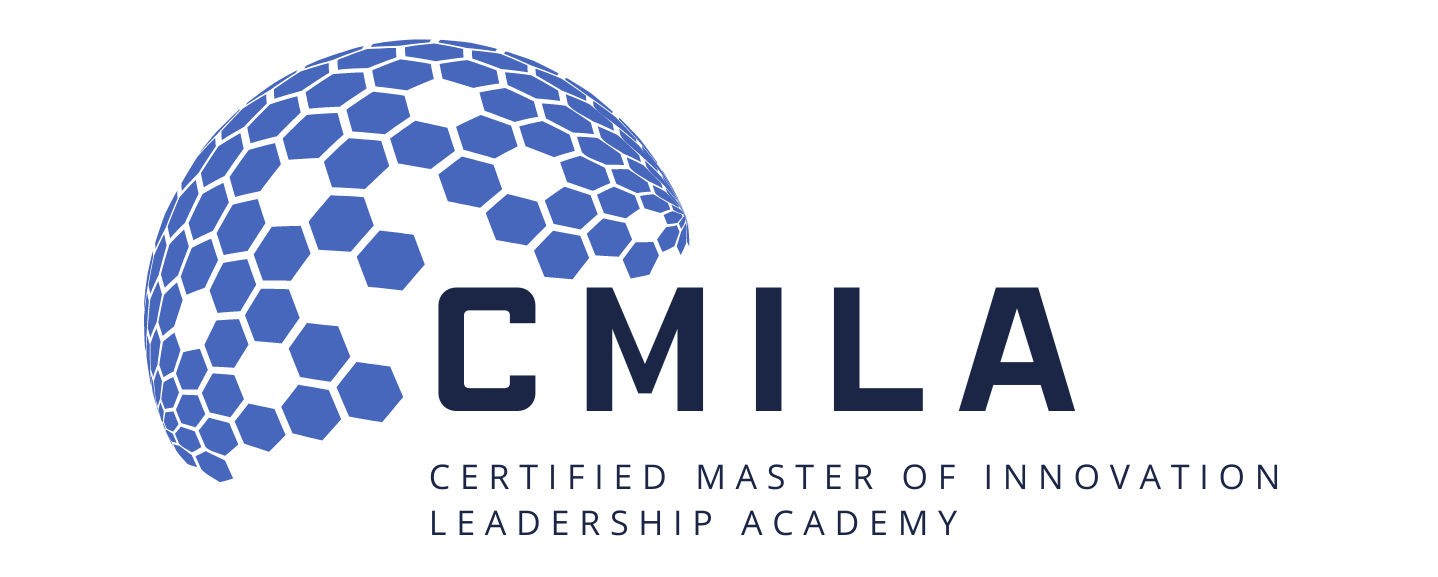Certified Open Innovation Facilitator (COIF)
The Certified Open Innovation Facilitator (COIF) Certification Course by Tonex is a comprehensive program designed for professionals seeking to enhance their skills in facilitating open innovation processes. Participants will gain a deep understanding of open innovation principles, strategies, and tools, enabling them to drive innovation within their organizations effectively.
Learning Objectives:
- Acquire a solid foundation in open innovation concepts and methodologies.
- Develop skills to facilitate collaborative ideation and brainstorming sessions.
- Learn techniques for managing cross-functional teams in an open innovation context.
- Understand the role of technology in fostering open innovation.
- Gain insights into intellectual property considerations in open innovation.
- Master the art of fostering a culture of innovation within an organization.
Audience: This course is ideal for innovation managers, R&D professionals, project managers, and executives responsible for driving innovation within their organizations. It is suitable for individuals looking to deepen their knowledge of open innovation and those aiming to become certified facilitators in the field.
Course Outline:
Module 1: Introduction to Open Innovation
- Defining Open Innovation
- Historical Perspective
- Key Principles
- Drivers of Open Innovation
- Success Stories
- Challenges in Open Innovation Implementation
Module 2: Facilitating Collaborative Ideation
- Techniques for Brainstorming
- Idea Generation Methods
- Design Thinking in Open Innovation
- Group Dynamics in Workshops
- Facilitator’s Role in Ideation
- Overcoming Creativity Blocks
Module 3: Managing Cross-Functional Teams
- Leadership Skills for Facilitators
- Team Building in Open Innovation
- Effective Communication Strategies
- Conflict Resolution in Diverse Teams
- Role of Emotional Intelligence
- Collaborative Decision-Making
Module 4: Technology in Open Innovation
- Digital Tools for Collaboration
- Crowdsourcing Platforms
- Open Source Innovation Platforms
- Blockchain in Open Innovation
- Integration of Artificial Intelligence
- Technology Trends Shaping Open Innovation
Module 5: Intellectual Property Considerations
- Identifying Intellectual Property
- Patent Landscape in Open Innovation
- Licensing Strategies
- Legal Frameworks
- Protecting Trade Secrets
- Ethical Considerations in IP
Module 6: Fostering a Culture of Innovation
- Strategies for Promoting Innovation
- Creating an Innovation-Friendly Environment
- Employee Engagement in Innovation
- Incentivizing Innovation
- Measuring Innovation Success
- Continuous Improvement in Innovation Culture
Overview of the Certification Process:
- Familiarize yourself with the prerequisites, if any, for taking the exam.
- Review the certification roadmap to understand the different levels of certification offered (e.g., Foundation, Advanced, Expert) and the requirements for each level.
- Identify the benefits of obtaining the certification for your career and professional development.
Details of the Exam:
Format: Multiple-choice, scenario-based, practical exercises
Content Areas: Review the exam blueprint or syllabus to identify the specific topics and knowledge areas covered in the exam. This will help you focus your study efforts on the most relevant content.
Passing Score: Understand the minimum passing score required to achieve certification and aim to exceed this threshold during your preparation.
Study Resources: Identify recommended study resources, such as certification manual, study guides and practice exams, to help you prepare effectively for the exam.
Exam Sample Questions:
- Practice with sample questions to familiarize yourself with the exam format and assess your readiness.
- Analyze each question carefully, paying attention to key details and any clues provided in the question stem or answer choices.
- Practice time management by setting aside dedicated study sessions to complete sample questions within the allotted time frame.
- Review your answers and explanations for correct and incorrect responses to identify areas for improvement and further study.
